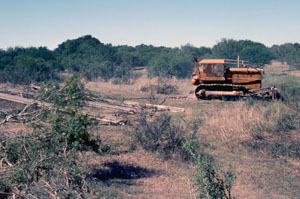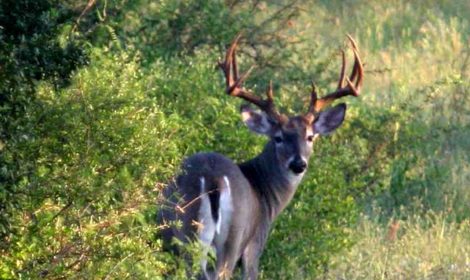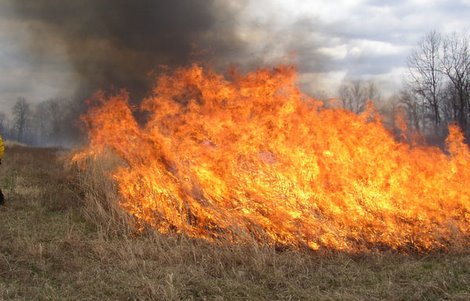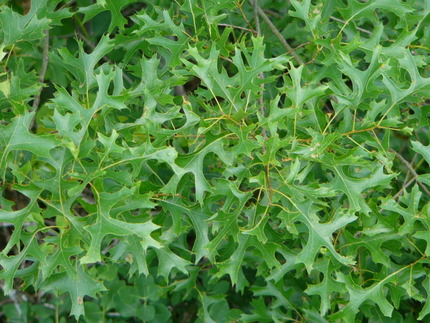The management of white-tailed deer and their habitat has become of increasing concern in recent years. Hunters and landowners realize that it takes more than luck to produce outstanding deer on their land, and improved habitat conditions are a major factor in regards to deer development.
Fundamental requirements that must be considered when managing for white-tailed deer habitat include food, cover, water, and the proper distribution of these elements. Habitat management must be directed at maintaining a productive and healthy ecosystem. The ecosystem consists of the plant and animal communities found in an area along with soil, air, water and sunlight. All management activities should be aimed at conserving and improving the quantity and quality of soils, water and vegetation.

There is no substitute for good habitat. Good deer habitat makes good wildlife habitat, and it keeps your ranch looking great. First and foremost, managing for plant diversity is essential. A diverse habitat site will have a good mixture of various species of grasses, forbs and browse plants. Many of these plants will be at various stages of growth, which adds another element of diversity.
The diversity of vegetation increases the availability of food and cover for wildlife species. A greater diversity of range plants results in more food being made available during different periods of the year. The volume and diversity of plants protects the soil from erosion. Also, the decomposition of vegetation helps restore needed minerals to the soil to sustain plant life. An abundance of vegetation improves the water cycle by trapping water from rains, thereby preventing excessive runoff which leads to the erosion of soils and flooding of streams.
An ecologically-based habitat management program will serve to improve the plant community of your rangeland by increasing vegetation quantity, quality and diversity. This improvement in the plant community will not only conserve and enhance the soil, but improve the water cycle as well. A greater diversity of all forms of life, including microorganisms, insects, reptiles, amphibians, birds and mammals is achieved under a sound management scheme. The long term health of the land is improved and conserved for future generations to utilize as a source of income, recreation and for aesthetic enjoyment.
In Texas, the climax herbaceous vegetation community of most rangelands is dominated by grasses with a low percentage of forbs. While this may be suitable for livestock and for a few species of “grassland” wildlife, many wildlife species are more dependent on the seeds and foliage of forbs (commonly called “weeds”) than on grasses.
Keep this in mind: plant communities with a diverse array of “weedy” plant species are more productive than a community dominated by perennial grasses. Periodic disturbances such as fire, soil disturbance, livestock grazing, and mowing can set back plant succession and maintain a diverse plant community. Remember, it’s important to mix it up to keep deer habitat healthy and productive.








